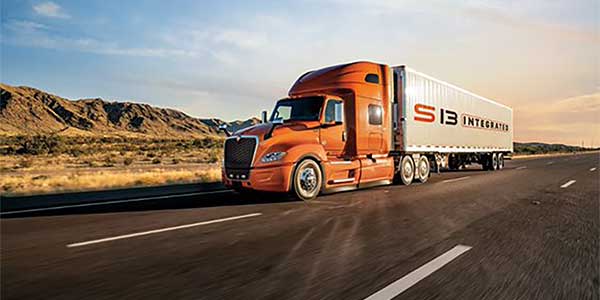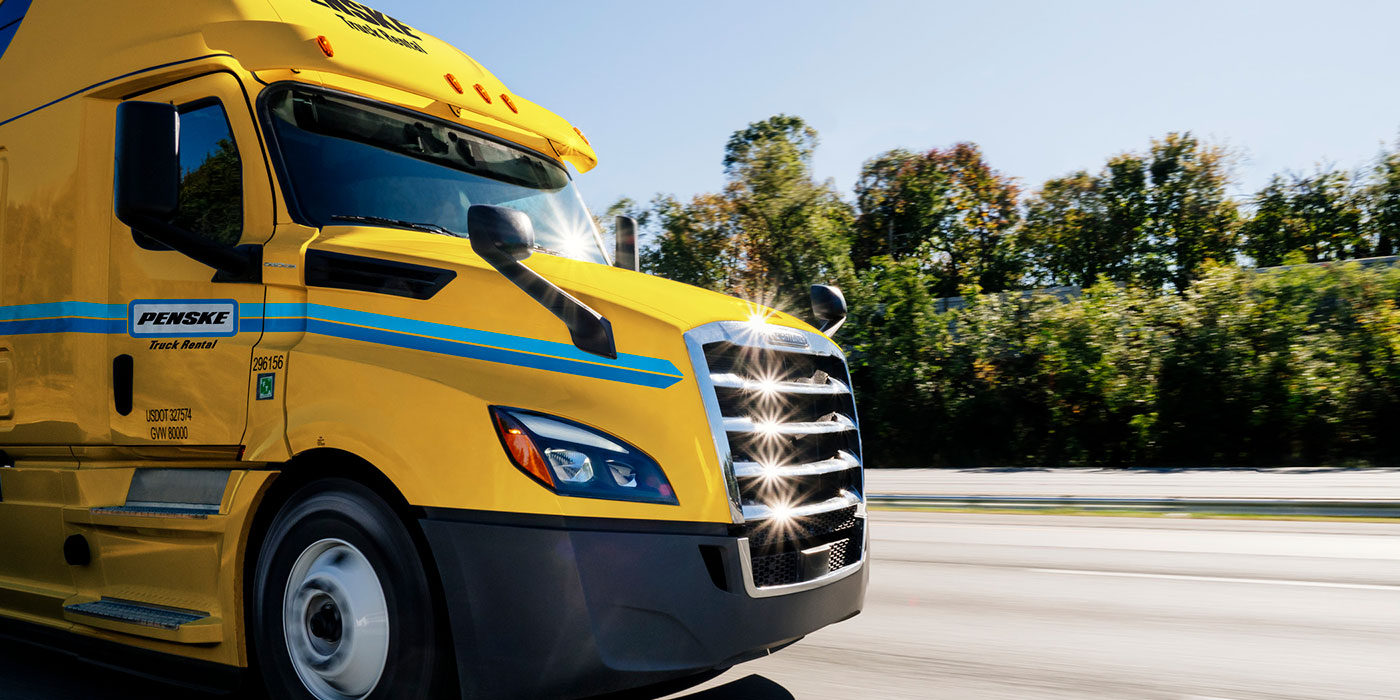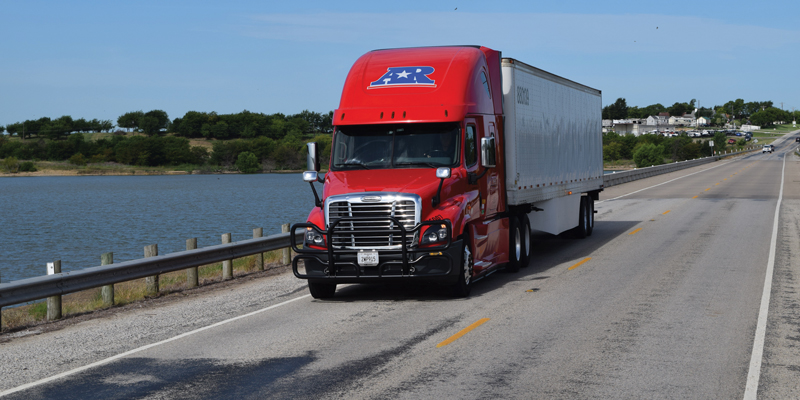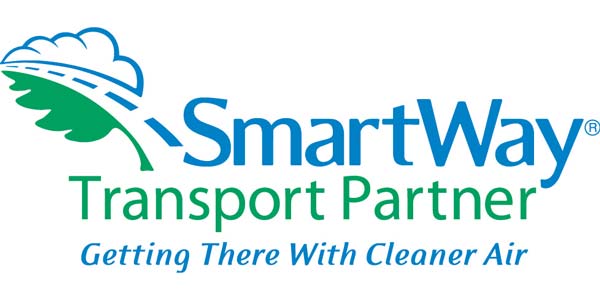We all idle our cars on a regular basis – think of stop lights, traffic backups and railroad crossings. But how many of us idle them for hours at a time like some commercial drivers do? The short duration idling of private automobiles, even the stop/start driving during a commute, has relatively little impact on air quality and fuel consumption. That, of course, is not the situation with diesel trucks that are sometimes left idling for long periods for driver comfort while waiting to load or unload, as well as overnight or during mandated rest stops.
While the movement of food and products is essential for our nation’s survival, the transportation industry has a significant impact on the country’s petroleum consumption and environmental quality. In particular, ground freight transportation generates over 350 million metric tons of CO2, a greenhouse gas, and consumes over 35 billion gallons of diesel fuel every year.
Too much of that fuel, unfortunately, is burned unnecessarily. Before establishing an idle control program, many fleets found that engine idling was making up as much as 40% of an engine’s running time. The EPA estimates that extended idling requires the use of over a billion gallons of fuel annually, generates an enormous amount of pollutants, costs fleets unnecessary operation expense and shortens engine life.
There’s another problem with idling a truck overnight that is often ignored. Trucks often park with engines idling next to or near other trucks during mandated rest stops. The University of Tennessee performed a study that found idling trucks with unacceptable concentrations of harmful pollutants in the cab and sleeper compartment. Apparently, after air enters the cab it tends to stay there and accumulates harmful pollutants, which is breathed in by a driver for his or her entire rest period.
There really is no valid reason for excessive idling, but there are some misconceptions that have lingered for years. For example, some drivers still idle a cold diesel for longer than is necessary, as well as for cooling down after a run. Follow the engine manufacturer’s recommendation, which is generally in the neighborhood of three to five minutes for either startup or shut down. Running an engine at idle speeds causes significantly more wear on internal parts compared to normal driving speeds.
The SmartWay Partnership, of course, would like to see every fleet establish a program and invest in technology that will help minimize engine idling. The Partnership recognizes a number of technologies that address excessive idling. All of them have proven themselves to reduce exhaust emissions and save fuel. All also offer a return on the investment required to acquire and install them. They are:
• Automatic shut-down devices switch on and off parked truck engines after a predetermined time or an ambient temperature setting.
• Small direct fired units, which heat either engine coolant or cab air, can be used to eliminate warm-up idling or cab/sleeper heating, but not air conditioning.
• Auxiliary power units or generators offer a solution for sleepers that would idle for driver amenities at a fraction of the cost that would be incurred by idling the main engine.
• Battery-powered units can provide both heating and air conditioning off the vehicle’s batteries or another stored energy source.
Since most operators are interested in improving their skills, driver training programs aimed at minimizing unnecessary idling can be very effective, especially if incentives are offered for improving performance. The use of idle-reduction programs and technologies are proven strategies that can help fleets decrease equipment and fuel costs, as well as their carbon footprints.













